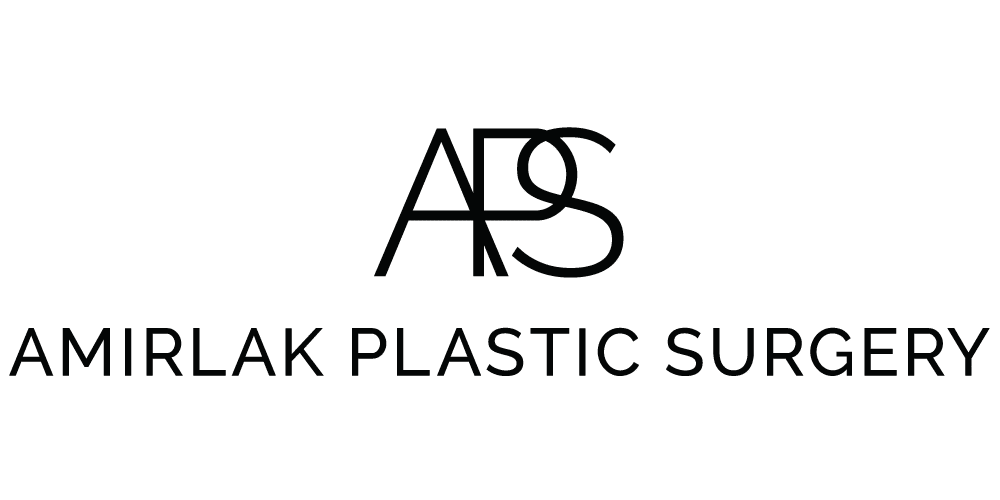Buttock Augmentation
What Is A Buttock Augmentation?
Buttock augmentation (a type of gluteoplasty) is performed to enlarge, and possibly reshape, buttocks that have not responded to diet or exercise. Candidates for buttock augmentation are unhappy with the lack of fullness, roundness, and projection of their buttocks, and/or with having asymmetrical buttocks; they should also have realistic expectations about the results that surgery can provide. Significantly more women than men seek to have their buttocks augmented, but in recent years, the number of men has increased.
What Are The Different Types Of Buttock Augmentation?
Buttock augmentation is usually performed with implants or fat transfer, or a combination of the two. Which method is used depends primarily on the shape and size of the buttocks, the skin’s quality and elasticity, and the amount of body fat available for transfer.
Buttock Implants for Butt Augmentation
Typically, incisions for buttock implants are made in one of four areas: in each gluteal crease; overlying the tailbone at the top of the buttocks; in the crease between the buttocks; and at the side of each buttock, near the crease. After the incision or incisions are made, a silicone implant is inserted in each buttock within or above the gluteal muscle. The tissue within the buttocks is sutured, and the incisions are closed using sutures, adhesive or tape. Drains are usually inserted to prevent fluid from building up, and are left in place for about 7 days. During surgery, either general anesthesia or intravenous sedation is typically used.
Results Of Buttock Augmentation Using Implants
The results of buttock augmentation using implants is permanent, and are immediately apparent after surgery. Final results are evident after 3 months, at which point most of the swelling has subsided and the implants have “settled.”
Fat Transfer for Butt Augmentation
The fat used for buttock augmentation is usually taken from the patient’s abdomen, hips, thighs or lower back. Fat is removed using liposuction, in which a cannula (a thin, hollow tube) is inserted through small incisions, and then moved back and forth to loosen excess fat, which is suctioned out using a vacuum or cannula-attached syringe. The fat is then purified, and injected into the buttocks at different depths for maximum absorption.
Results Of Buttock Augmentation Using A Fat Transfer
It can take up to a year to see the final results of fat-transfer buttock augmentation, because the fat needs time to be completely absorbed. The results of buttock augmentation using fat transfer are often more natural-looking than those from implants, but a downside of the fat-transfer method is that the body reabsorbs part of the fat over time, so some of the initial fullness is lost. According to the American Society of Plastic Surgeons, patients tend to retain 60 to 80 percent of fat that has been transferred.
Recovery From Butt Augmentation Surgery
After buttock augmentation with fat transfer or implants, a compression garment must be worn for 2 to 3 weeks. For at least 2 weeks, patients should not sit directly on the buttocks; placing a pillow beneath the back of the legs to raise the buttocks and keep pressure off them is required. Sleeping facedown or on the side is also recommended. Patients typically experience pain/discomfort, bruising and swelling after the procedure.
When Can I Return To My Normal Activities After My Buttock Augmentation?
Implant patients typically go back to work in 2 or 3 weeks, but may not be able to resume exercising for 8 to 10 weeks. Recovery time for fat-transfer patients is slightly quicker, with most going back to work within 10 to 14 days, and resuming exercise after 8 weeks.
Risks of Butt Enhancement Surgery
In addition to the risks associated with any surgery, those related to buttock augmentation using implants include the following:
- Implant migration
- Implant rupture
- Nerve damage
- Excessive firmness
- Sciatic-nerve pressure
- Fluid accumulation (seroma)
In addition to the risks associated with any surgery, those related to buttock augmentation using fat transfer include the following:
- Cellulite
- Stretch marks
- Asymmetry
- Fat embolism
Buttock augmentation with fat transfer includes the risks related to liposuction, which include indentations in the skin, scarring and contour irregularities.
Schedule a Buttock Augmentation Consultation
To learn more about butt augmentation or to schedule an appointment with a specialist, give us a call today at 972-972-4708 or fill out an online contact form and our office will be in touch with you. Our practice serves Dallas, Texas and the surrounding areas!



